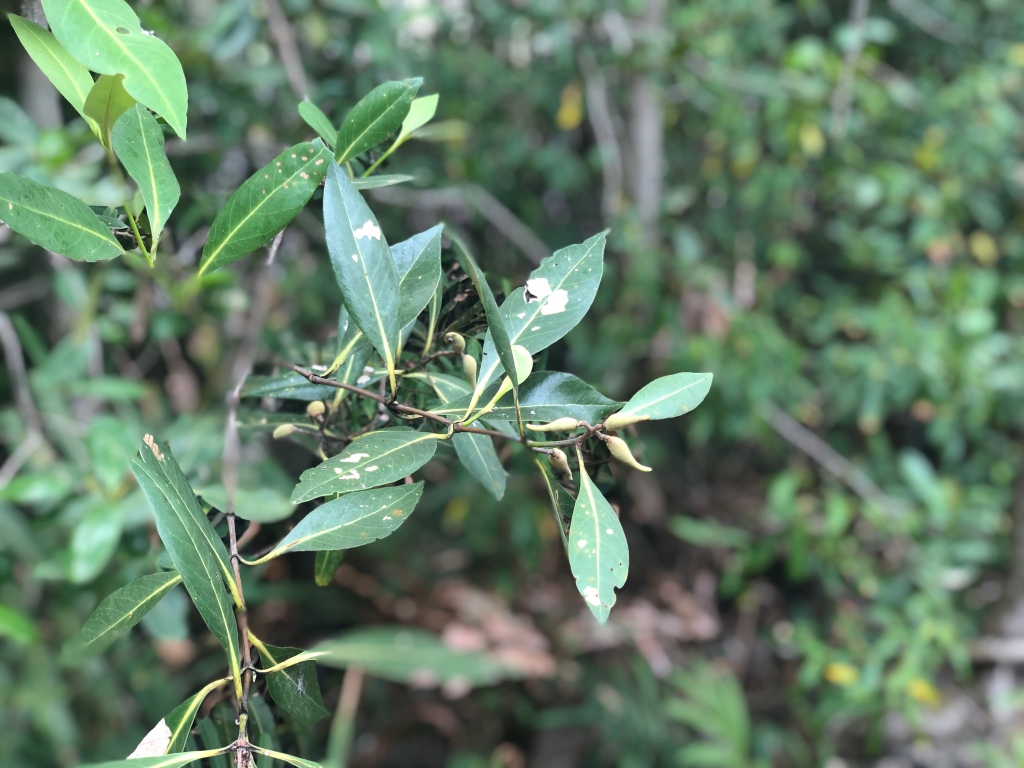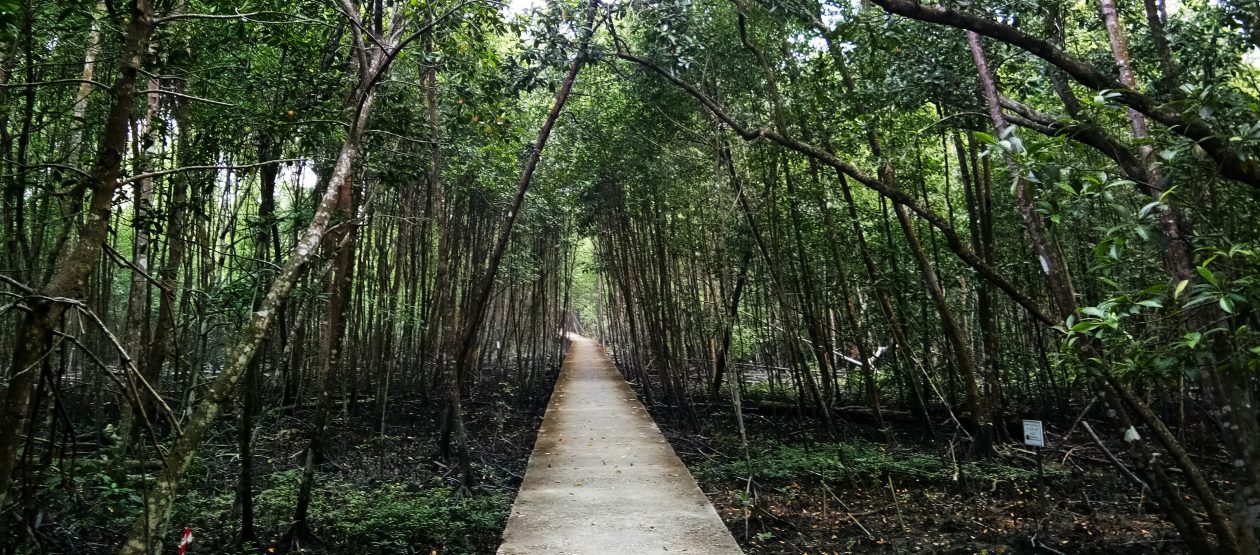CLICK BELOW FOR AUDIO GUIDE
Avicennia alba, api-api putih in Malay is a species of tropical mangrove that belong to the family Acanthaceae. The shrub or tree normally grow up to 20 metres (66 ft) height. It is found in south and South East Asia, the islands of the South Pacific Ocean and Australia. Avicennia alba sometimes will be planted along with Sonneratia and Rhizaphora to help prevent coastal erosion.
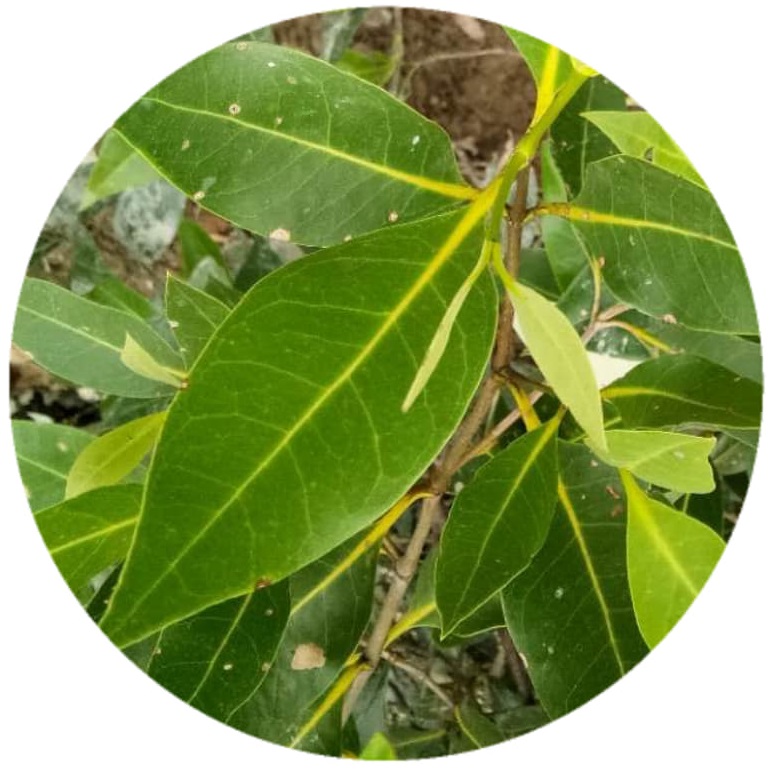
The leaflets are dark green on the top side and pale-coloured, while whitish colour on the undersides. It will be around 8-12 cm long and pointed and is simple, opposite leaves with pointed tips. The flowers are orange-yellow colour with around 10-30 flowers on each unit. Each flower is only about 0.5cm in diameter with four equal lobed petals that are smooth on the inside. Stamens are short as it only about 2mm long and does not protrude or thrust outwards, while the ovary is about 2mm long and without a style.
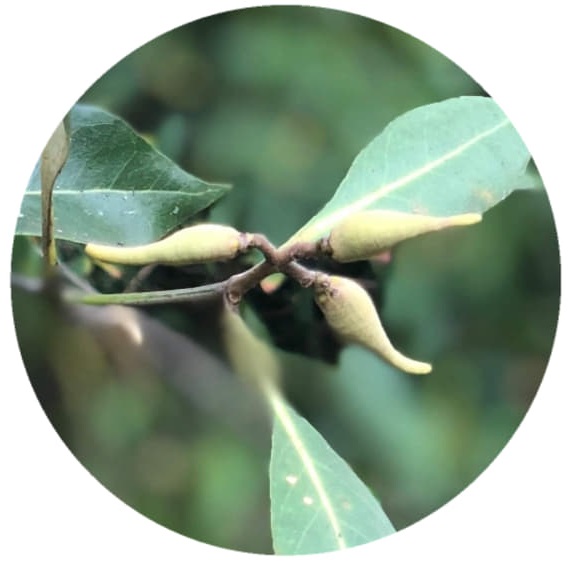
The fruits of avicennia alba are greyish-green capsules and conical in shape that extends to a pronounced pointed tip. The fruits is about 1cm to 4cm with a smooth velvety outer skin and each fruit contains a single seed. Roots of avicennia alba are in pencil-like aerial shape which known as pneumatophores. The roots is about 20cm to 30 cm tall with a tapered bluntly pointed end. Bark of avicennia alba are dark grey or brown in colour. It’s smooth or slightly roughened, but not fissured.
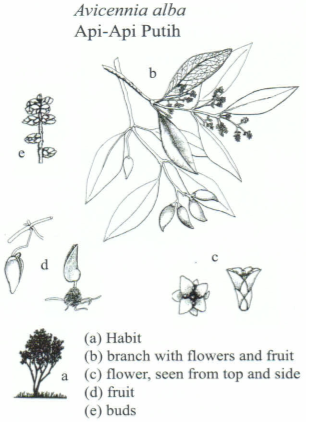
The roots said to aid in sediment accretion and land building as it’s a pioneering species that grows on newly formed mud. The timber being treated as low quality construction timber as it does not make good firewood or charcoal, however it’s used in the smoking of rubber and of fish. An extract of the heartwood is used in herbal medicine to make a tonic and the resin has been used in birth control or prevent pregnancy.
